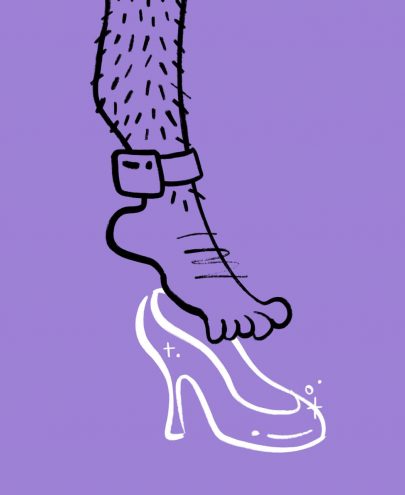Aug 4, 2015 etc
This article by Jane McAllister first appeared in the July/August 2015 issue of Metro. Illustration by Anna Crichton.
Takanini went global last month. The Huffington Post, Hindustan Times, People, Time and European broadsheets were among those lauding Harman Singh, the Sikh student from India who took off his turban to help a seriously injured child on Manuroa Rd. Happily, the child survived, and the popularity of the feel-good story was stratospheric. But why?
The interest was helped by the perfect news photograph by passer-by Gagan Dhillon that shows an urgent yet tidy crisis: a prone child, whose blood and identity are conveniently covered with bandages, being cared for by several adults, including a handsome young man with a top knot who cradles the child’s head with orange cloth. The orange against the road bitumen acts as a fluorescent highlighter for the man’s symbolic act; usefully, for the news editors, Singh hadn’t tied a black turban that day.
The most popular angle on the tale is that Singh “put humanity before religion”. He “broke strict religious protocol” to help save the life of a stranger. The story wouldn’t be so compelling if the child had been Sikh, or if taking off the turban had not been supposedly taboo.
In this interpretation, religion is set in opposition to humanity; it gets in the way. This angle makes secularists feel good because it endorses their way of life: the non-religious can help others without being slowed down by petty rules. The logical conclusion is that it would have been better had Singh never worn a turban at all.
In this story’s most extreme form, Pakeha culture is normalised over Punjabi culture. TVNZ’s Seven Sharp reported approvingly that Singh received six months worth of cheap pizza for his action. Given he was one of several photographed carers but the only one rewarded with takeaways, the gift must be for unturbaning, not for helping. Singh has seen the light — he needs to be welcomed into the secular fold with “secular” food.
Contrast this with a story One News reported a month earlier: another international student in New Zealand was slandered and threatened on social media for wearing his turban as he went about his daily life. Tie your turban and get hassled; take it off and get pizza.
(Meanwhile, Seven Sharp showed Singh receiving furniture from a retailer — the shop got to be a hero to the grateful hero in what seemed an exploitive advertorial. Singh was so overwhelmed, he cried. Performing-seal reporter Tim Wilson also managed to squeeze out some crocodile tears — whether for the state of New Zealand media or to enhance the ad’s appeal was unclear.)
However, another angle on the story is that Singh’s action was that of a true Sikh. According to this story, Sikhism is far from being a barrier to acting humanely. Instead, it encourages the compassion, practicality and “seva” (selfless service) that Singh displayed. Singh’s own understanding is that taking off the turban is allowed in emergencies, and he’s received widespread praise from Sikhs in New Zealand and beyond who are proud of his behaviour. Adding to this, a few non-Sikhs patronisingly characterised all Sikhs as “kind-hearted, loving, beautiful people” — a generalisation that dovetails with an older Western generation’s orientalist notion of Sikhs as the special, non-terrorist Other loyal to the British Raj.
Some non-Sikhs have also (under-standably) worried that sharing an image of someone turban-less is insensitive. But this is a misunderstanding. Many Sikhs, including Singh himself, have shared the photograph of Singh sans turban, far and wide. Dhillon, the photographer, is also a Sikh, although he wears his hair short and hasn’t tied a turban for 14 years. He told me the turban is more of an identity marker (albeit a sacred one) than a cover-up. If you wear a turban then non-Sikhs know you’re Sikh — you’re representing your religion so you try to live up to it. Like Singh.
Singh’s act has been seen as both rebellious and religious, both individual and representative, both Sikh and simply humane — and even “truly Kiwi” to some internet commentators who can’t bear to think of migrants as having something to offer.
All these interpretations are “feel-good” but many of them contradict one another. So there’s an interpretation available for nearly every lifestyle and prejudice — and the story’s popularity grows. Whether cross-cultural understanding also grows is moot.





